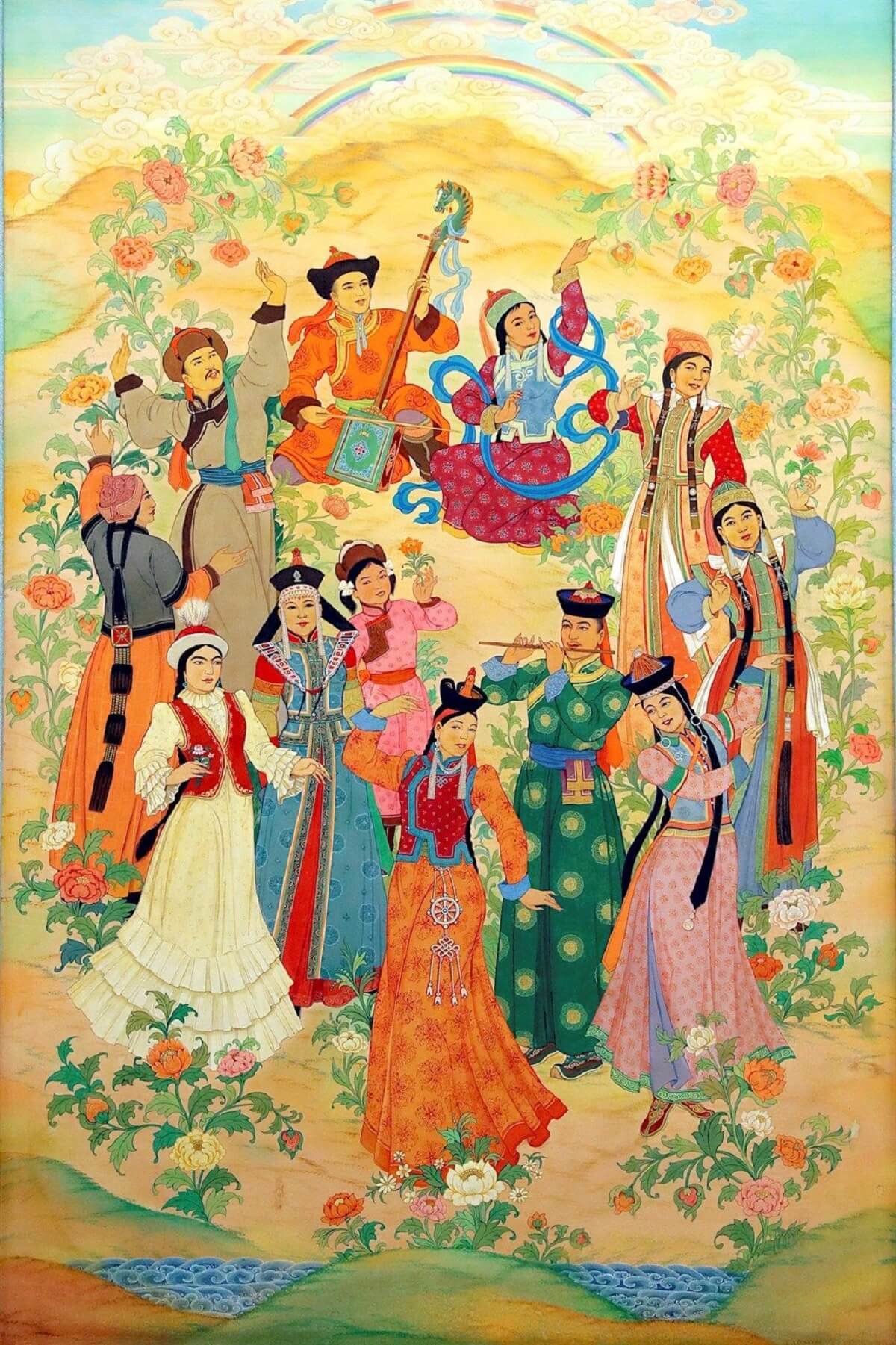Ancient Mongols religion and culture – The vast steppes of Central Asia cradled a civilization rich in beliefs and practices, part of a tapestry often overlooked.
Key Takeaways:
- The Mongols’ spiritual beliefs include Buddhism and shamanism, deeply intertwined with their traditional lifestyle.
- Under the Pax Mongolica, the Mongol Empire promoted religious tolerance and cultural exchange.
- Shamanic practices were a core part of Mongolian culture, involving complex spiritual hierarchies.
- Mongolian Buddhism is distinct from Tibetan Buddhism, reflecting their unique cultural fusion.
- The Mongol Empire was influential in facilitating the spread of diverse religions and cultures.
The Mongols, nomadic people of the steppes, found harmony between the windswept plains and the spiritual currents that shaped their worldview.
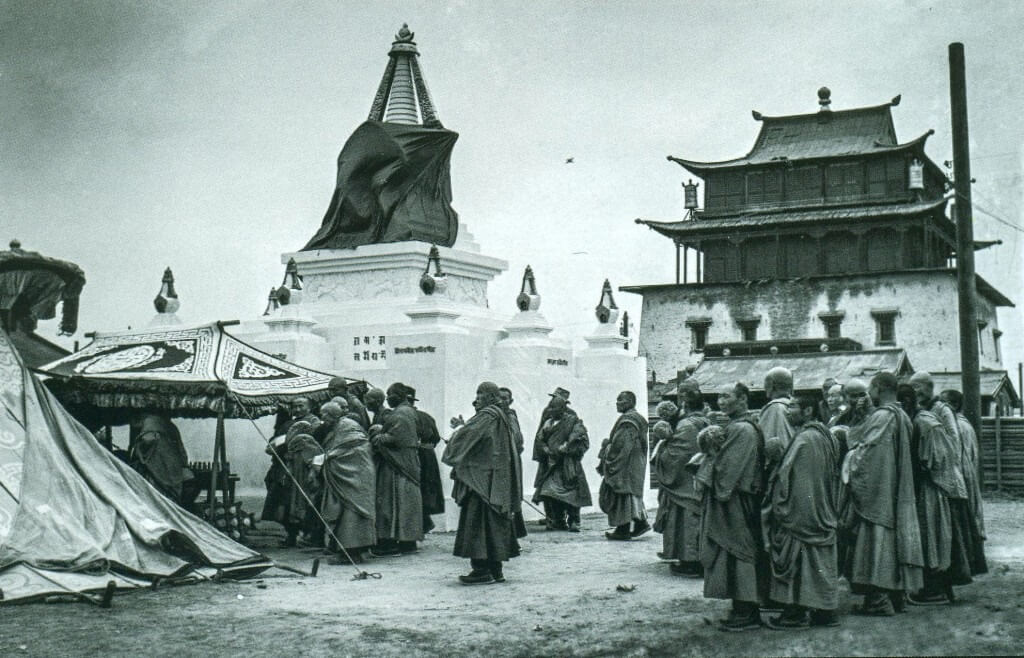
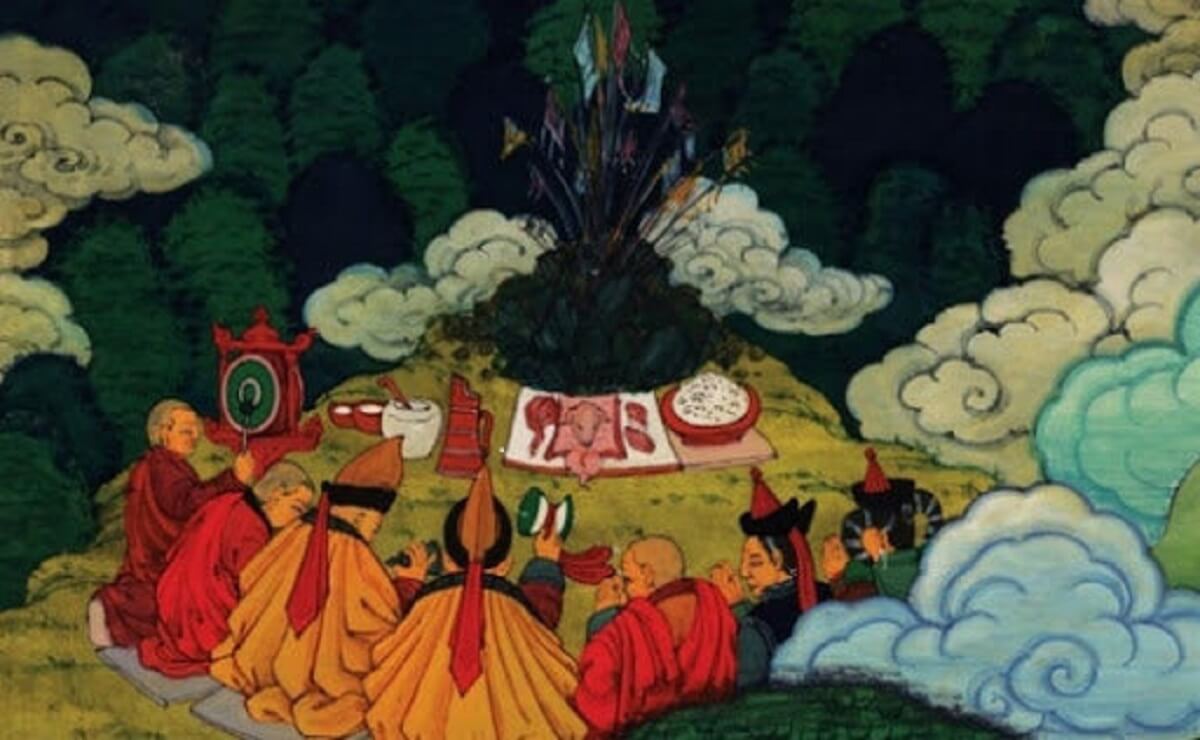
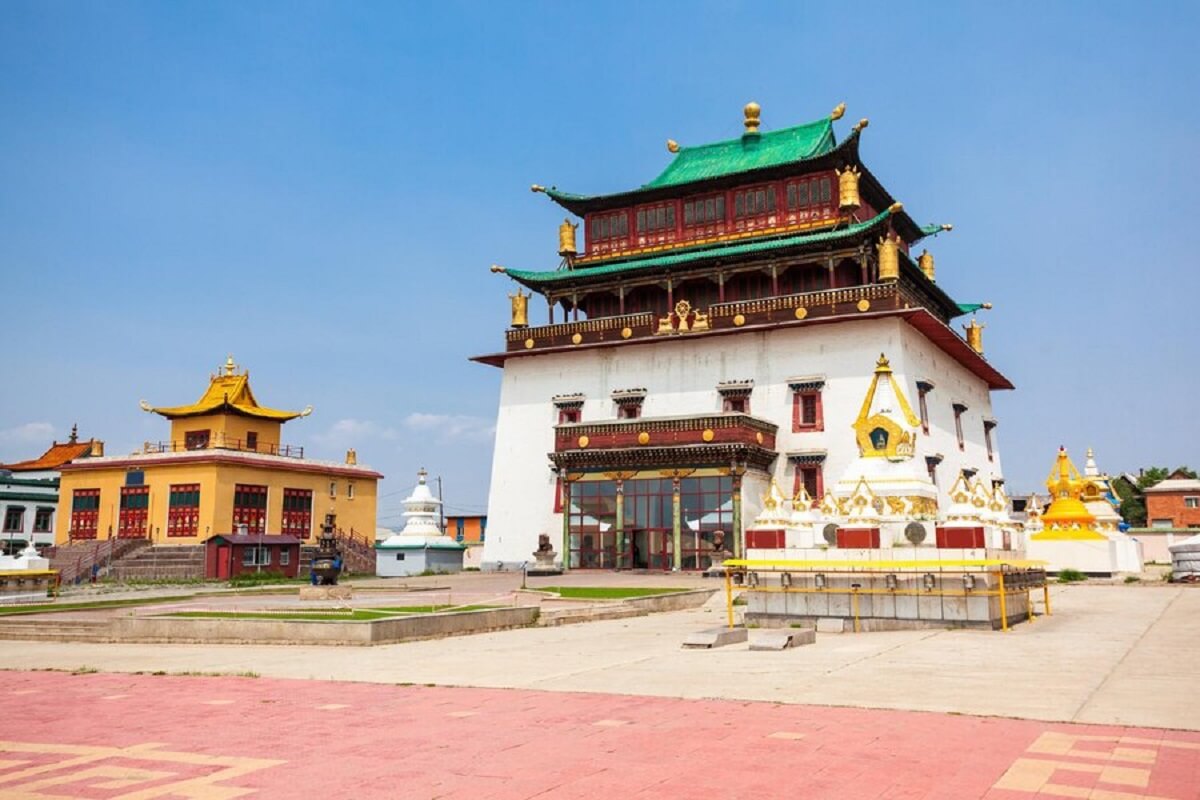
Two Main Religions:
Buddism: Buddhism in the form of the yellow hat Buddhism or Lamaism made further inroads into Mongolia from the second half of the 16th century.
Since Buddhism began to enter into Mongolia, mostly Mongolians believe Buddhism. But Mongolian Buddhism is different from Tibetan Buddhism.
Mongolian Buddhism connected with Mongolian traditional lifestyle. Before in 1930 40% of male population was lamas (monks).
Between the communist purges 1930-1940 Russian and Mongolian soldiers destroyed about 700 monasteries and temples. Until 1990, any religion was closed in Mongolia.
After the democratic movement in 1990 all religions reopened. In 2002, there were about 180 religious temples and churches operating in Mongolia, and more than 110 Buddhist monasteries and temples and about 70 Christian churches in Mongolia.
Buu (Shaman): Mongolian classics, such as The Secret History of the Mongols, provide details about male and female shamans serving as exorcists, healers, rainmakers, necromancers, soothsayers, and officials. Shamanic practices continue in present-day Mongolian culture.
The spiritual hierarchy in clan-based Mongolian society was complex. The highest group consisted of 99 tengri (55 of them benevolent or “white” and 44 terrifying or “black”), 77 natigai or “earth-mothers”, besides others.
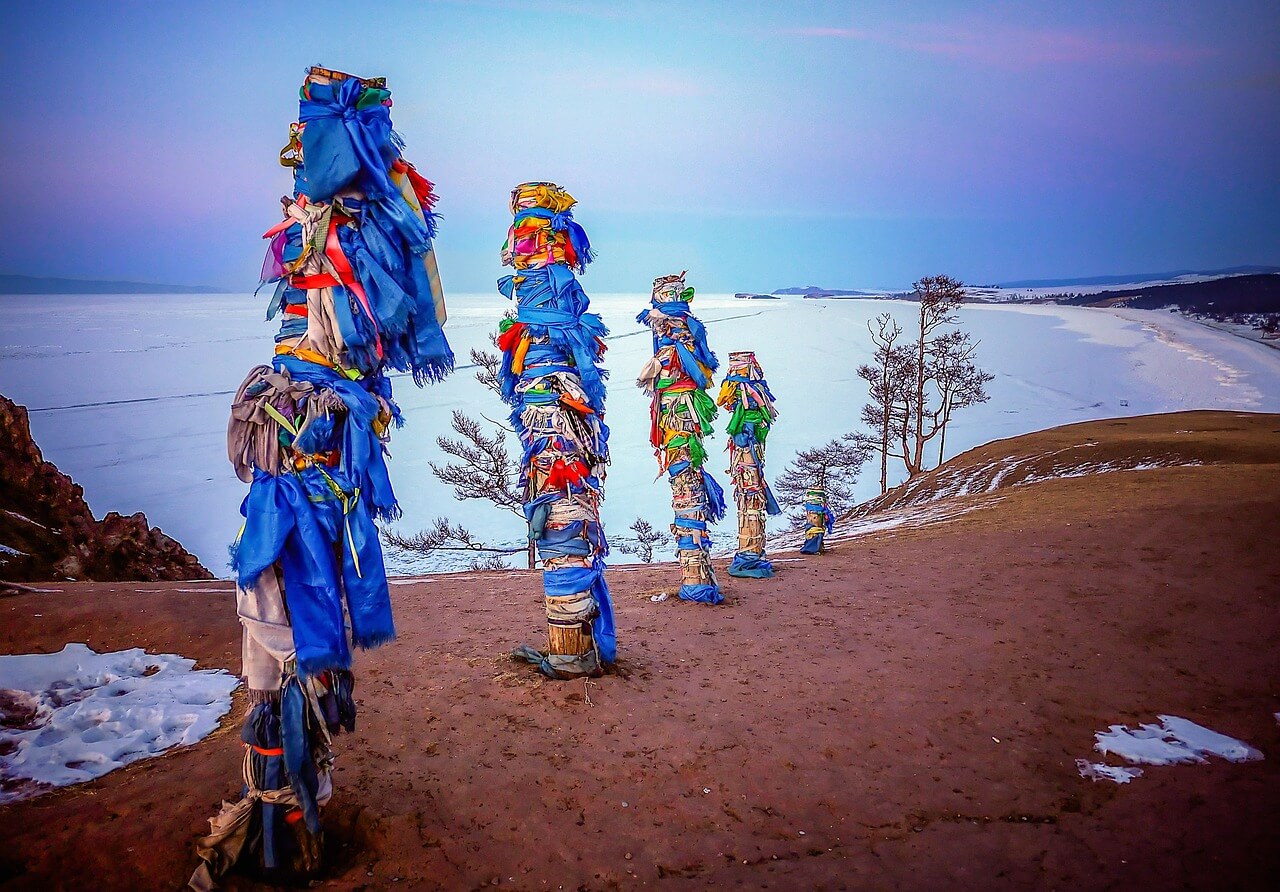
The tengri were called upon only by leaders and great shamans and were common to all the clans. After these, three groups of ancestral spirits dominated.
The “Lord-Spirits” were the souls of clan leaders to whom any member of a clan could appeal for physical or spiritual help.
The “Protector-Spirits” included the souls of great shamans (ĵigari) and shamanesses (abĵiya). The “Guardian-Spirits” were made up of the souls of smaller shamans (böge) and shamanesses (idugan) and were associated with a specific locality (including mountains, rivers, etc.) in the clan’s territory.
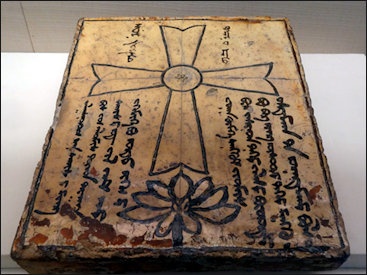
Other religions
As the Mongols expanded their impressive empire, more peoples and more religions came under their control.
Missionaries, too, came from China, Tibet, Persia, and Europe to peddle their faiths in the world’s largest empire.
Nestorian Christianity, Western Christianity, Islam, Buddhism, Tibetan Buddhism (Lamaism), Taoism, and Confucianism were all practiced in Mongol-controlled territories.
Mongol Empire Culture:
Fast forward to the rise of the Mongol Empire under leaders like Genghis Khan. The Mongols’ cultural footprint extended far beyond their steppes as they forged an empire that spanned continents.
In this colossal empire, religious tolerance was a cornerstone. Genghis Khan, recognizing the diversity within his realm, encouraged freedom of religion, fostering an atmosphere of coexistence.
Under the Pax Mongolica, a period of relative peace, cultural exchange flourished.
The Silk Road, once a perilous journey, became a conduit for ideas, goods, and beliefs.
The Mongols’ open-minded approach to different cultures allowed for the cross-pollination of ideas, enriching the tapestry of their empire.
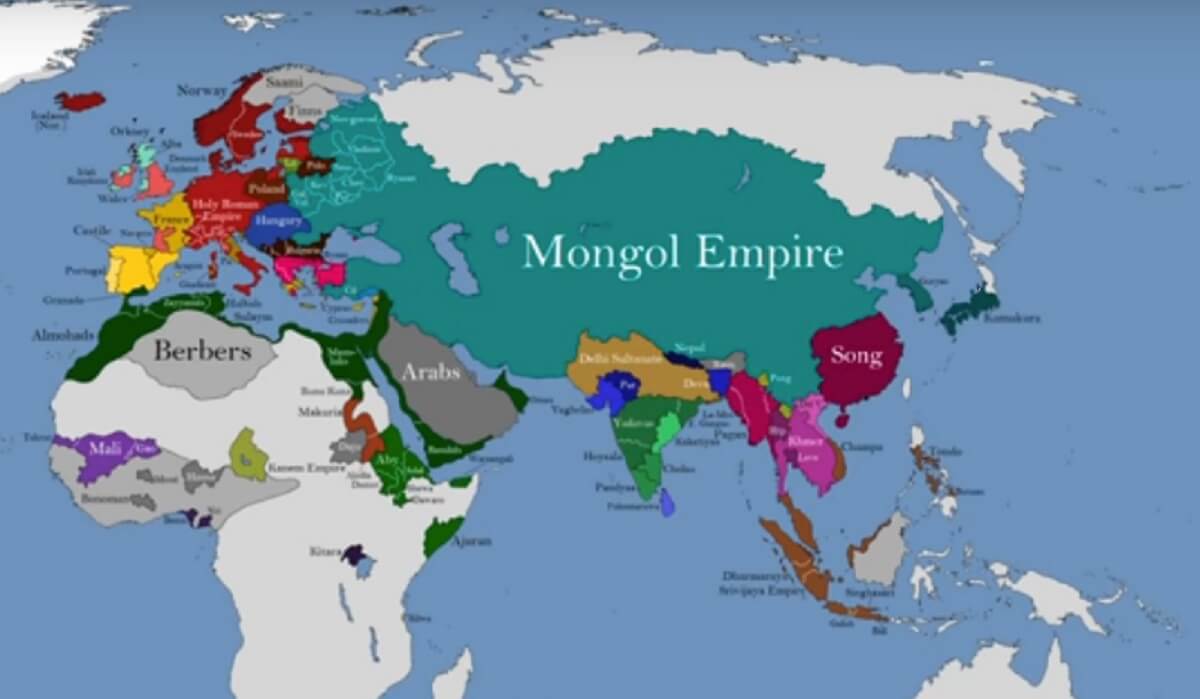
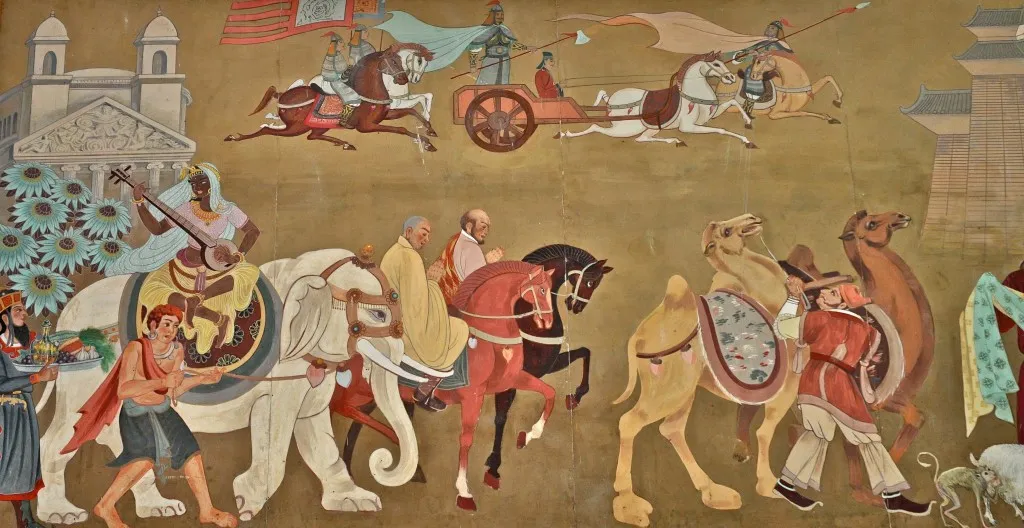
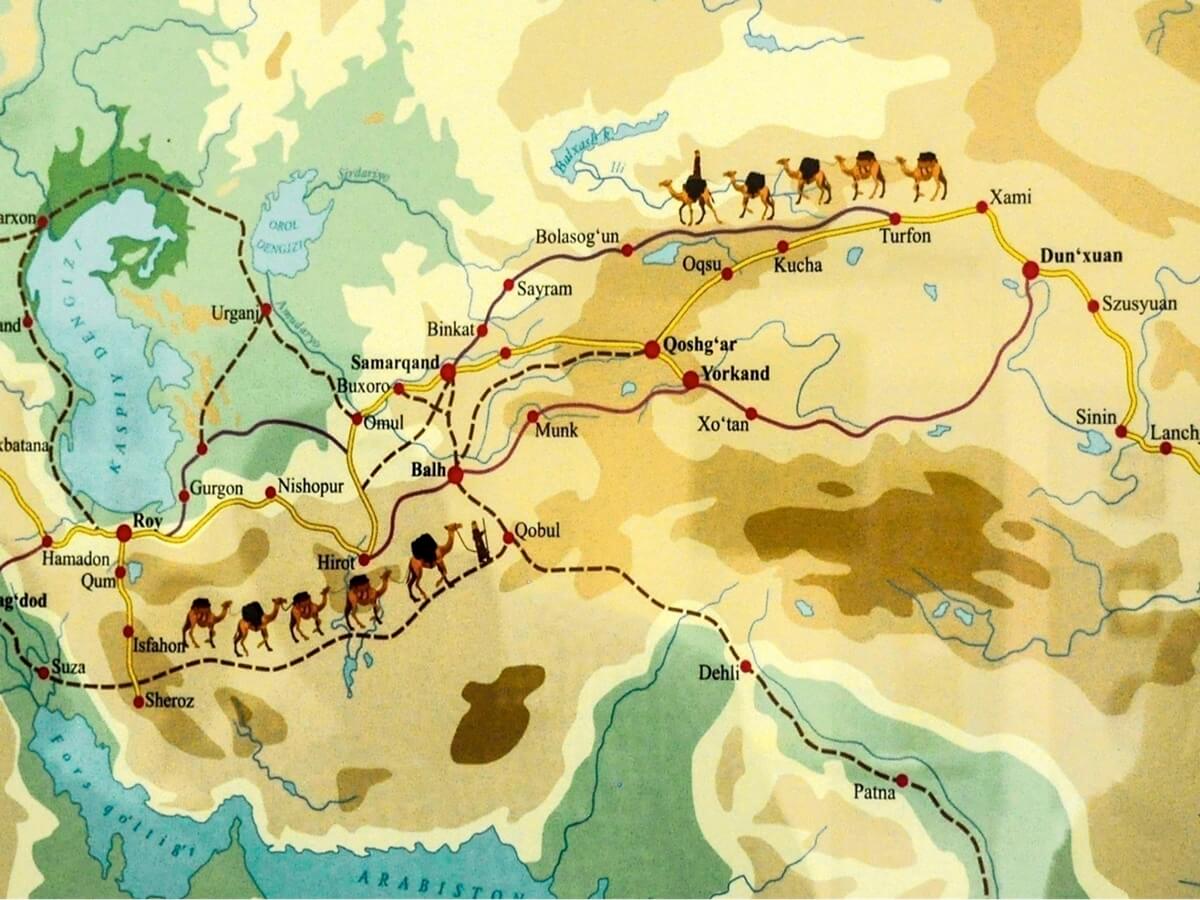
Legacy of the Mongols:
As the Mongol Empire evolved, so did its cultural legacy. The Yuan Dynasty in China, established by Kublai Khan, saw a fusion of Mongol and Chinese influences.
The Great Khans became patrons of the arts, supporting literature, music, and the sciences. This cultural efflorescence marked a departure from their nomadic roots, showcasing the adaptability of the Mongols.
